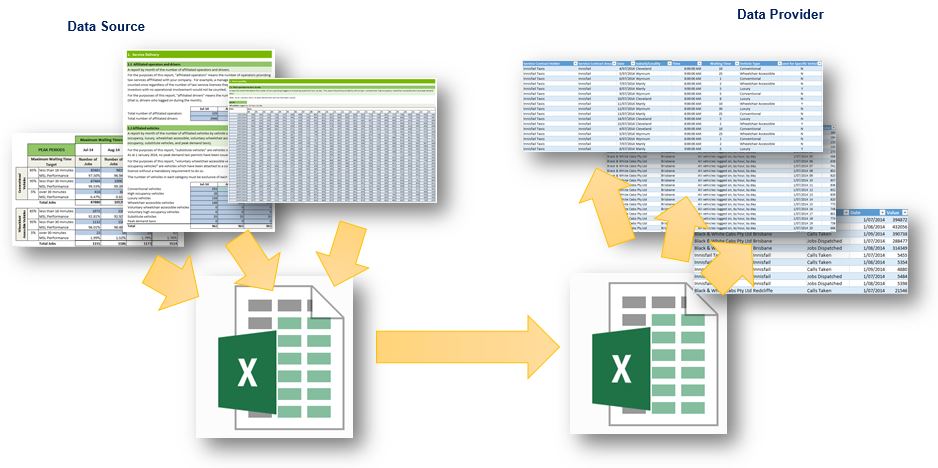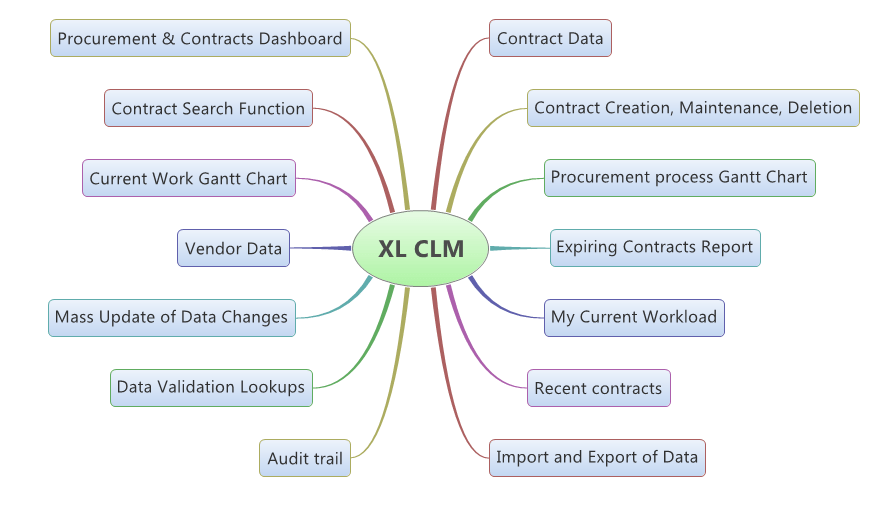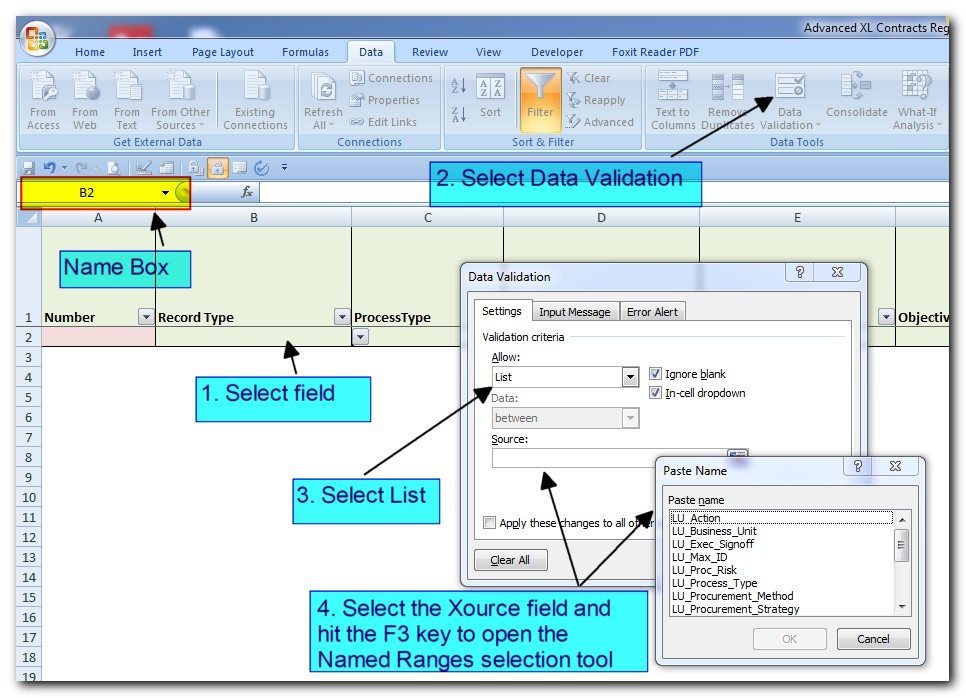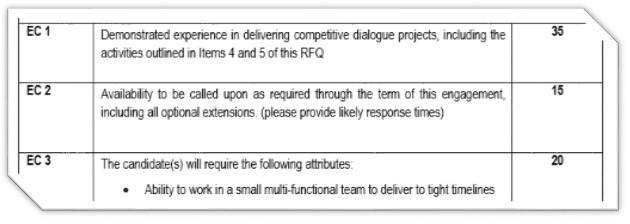
Data Provider Built in Excel
I was presented with an excellent challenge by one of my clients a couple of weeks back. They had established a contractual arrangement with twenty providers that contained an effective suite of KPIs for measuring and managing performance, but sadly lacked the ability to capture and report on those KPIs. Next they developed a nifty Excel workbook for the vendors to complete and provide their data, but the workbook was made up of seventeen different worksheets and each was in a different layout designed to make data entry easy. It did not make reporting easy though and the is where I come in.









